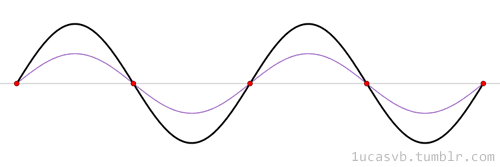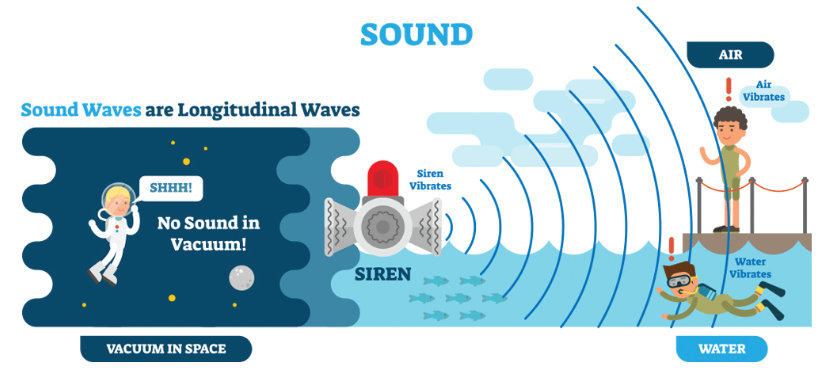Unit 10 Overview: Mechanical Waves and Sound
As of 2021, the College Board focuses only on Units 1-7 in the AP Physics 1 exam. However, this content on mechanical waves and sound has been retained as a valuable resource for deeper understanding.
Introduction
Unit 10 marks a transition from the electrical topics of Units 8 and 9 back to foundational principles like energy (Unit 4), period (Unit 6), and motion (Unit 1). This unit focuses on mechanical waves—such as waves in slinkies, ropes, and water—and sound waves. It also explores how musical instruments generate specific tones.
This unit typically constitutes about 12-16% of the AP Physics curriculum and generally requires 11-14 class periods (45 minutes each) to cover.
Applicable Big Ideas
Big Idea #6: Waves
Waves transfer energy and momentum between locations without permanently transferring mass. They also serve as a mathematical model to describe other phenomena.

Key Concepts 🔑
Period:
The time it takes for one complete wave cycle to occur.
Amplitude:
The maximum displacement from the equilibrium position; represents wave energy.
Frequency:
The number of wave cycles per second, measured in Hertz (Hz).
Velocity:
The speed at which the wave propagates through a medium.
Wavelength:
The distance between two consecutive points in phase on a wave (e.g., crest to crest).
Interference:
The interaction of waves that can result in constructive (amplified) or destructive (diminished) patterns.
Node:
A point of zero amplitude where destructive interference occurs.
Antinode:
A point of maximum amplitude where constructive interference occurs.
Key Equations 🔑
Wave Speed:
Where is velocity, is frequency, and is wavelength.
Period and Frequency:
Where is the period, and is the frequency.
Practical Applications
Understanding how sound waves propagate through different mediums.
Exploring resonance and tone generation in musical instruments.
Analyzing interference patterns in water and light waves.
Key Takeaways
Mechanical waves and sound provide a fascinating look at how energy and momentum can move through mediums without transporting mass. These principles are not only fundamental to physics but also critical to real-world applications like acoustics, engineering, and communication technology.







